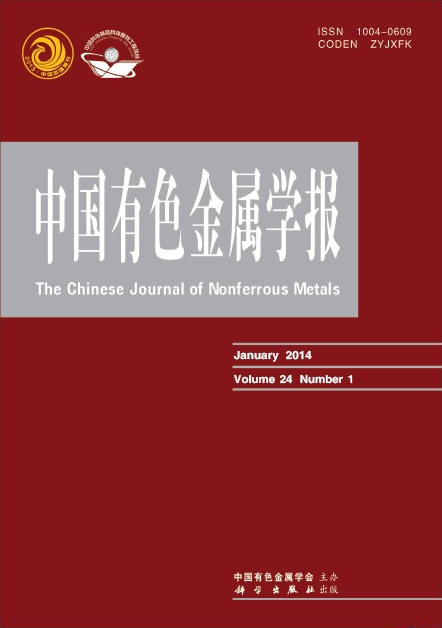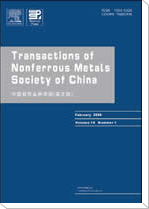(1. 兰州理工大学 省部共建有色金属先进加工与再利用国家重点实验室,兰州 730050;
2. 兰州工业学院 材料工程学院,兰州 730050)
摘 要: 采用平衡润湿法在290~310 ℃条件下研究纯Sn、SAC307、Sn-0.7Cu这3种软钎料分别与Co73Si10B17非晶箔带晶化前后的润湿行为。通过对表面能和润湿力的测量、对合金体系的表面状态和润湿性进行表征。结果表明:Co基合金的表面自由能远小于其本征值,表明其表面存在氧化膜;钎料的润湿性随着Sn含量的增加而升高,表明该体系润湿机理是一系列复杂的氧化膜去除反应且界面处反应润湿较为剧烈;Co73Si10B17合金的润湿性受界面反应产物和材料表面氧化膜的影响较大,但最终的润湿性由表面氧化膜的去除程度决定。
关键字: 钎料;润湿性;氧化膜;可焊性
(1. State Key Laboratory of Advanced Processing and Recycling of Non-Ferrous Metal, Lanzhou University of Technology, Lanzhou 730050, China;
2. School of Materials Engineering, Lanzhou Institute of Technology, Lanzhou 730050, China)
Abstract:Using wetting balance method, the wettability of Co73Si10B17 in amorphous and crystalline states by Sn and Sn-based lead-free solders (pure Sn, Sn-0.7Cu, Sn-0.3Ag-0.7Cu) were studied in the temperature range of 290-310 ℃. The surface state and wettability of different systems were represented by measuring the surface energy and wetting force. The results show that oxide films exist in Co-based alloys surface because its surface free energy is less than the intrinsic value. The wettability of the Sn-based solder is enhanced with increasing the Sn content. Thus, the wetting mechanism is a series of complex multiple reactions of removing oxide film and it is exceedingly strong. The final wettability of Co73Si10B17 is affected by the interfacial reaction product and surface oxide film, but it is determined by the degree of removal of the oxide film.
Key words: solder; wettability; oxide film; joining


